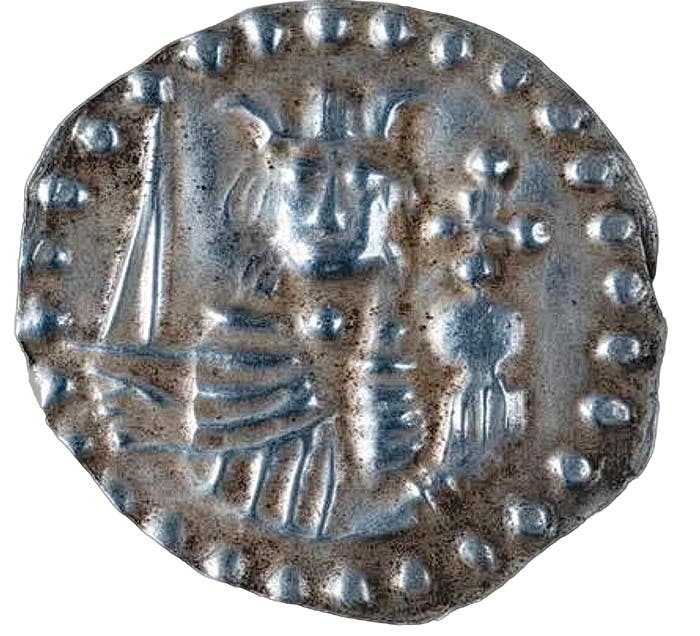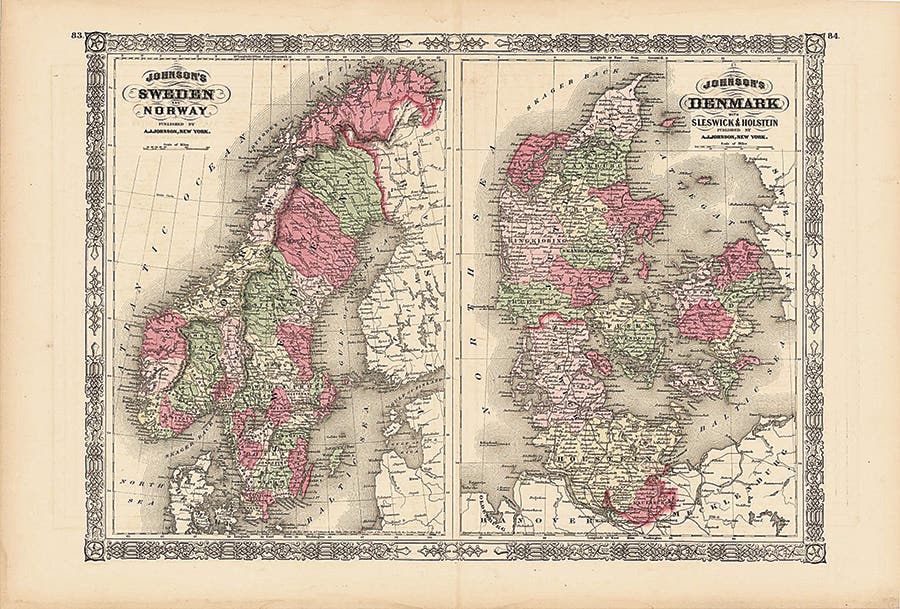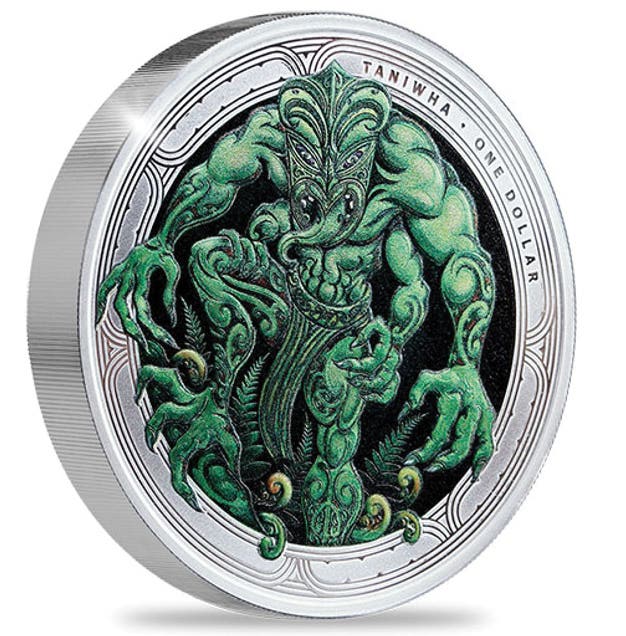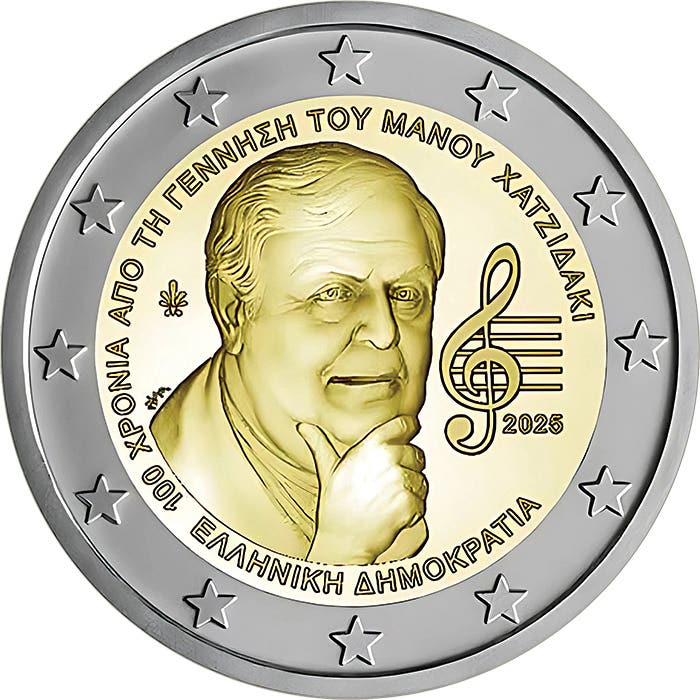Respect your currency
Has cold cash gone the way of Rodney Dangerfield? Don’t coins and bank notes get respect? Apparently not, according to Bank of Namibia Director of Currency Management and Banking Operations…
Has cold cash gone the way of Rodney Dangerfield? Don’t coins and bank notes get respect?
Apparently not, according to Bank of Namibia Director of Currency Management and Banking Operations Sencia Kaizemi-Rukata. There is a chronic shortage of coins circulating in the African nation. Kaizemi-Rukata is asking Namibians to stop hoarding them, either using them at retail stores or bringing them to banks.
Kaizemi-Rukata said, “Please circulate the coins. If you have some, please take them to the bank. The shops are asking for them as well.”
Namibians apparently enjoy their cash to an extent the government doesn’t appreciate. According to the Currency Management and Banking Operations director, “There is a trend that is now emerging of people splashing cash at weddings or taking pictures of themselves with cash. It is not allowed. Respect your currency!”
Not only does the government view “splashing cash” as being disrespectful, but it is apparently also illegal. Kaizemi-Rukata said the bank has warned Namibians to stop taking pictures or videos of themselves splashed with cash. If caught, the punishment for this dastardly deed is a fine not to exceed N$50,000 (about $2,725 U.S.), imprisonment for a period not to exceed three years, or both.
Namibia attempts to keep up with the times. During mid-February a new N$20 bank note with the facsimile signature of BoN Governor Johannes !Gawaxab was unveiled. Notes on which the facsimile signature of former bank governor Iipumbu Shiimi appears will be gradually phased out. !Gawaxab, who was born in 1956, can remain as BoN governor until he is age 70.
One of the reasons for the scarcity of Namibia bank notes has been the withdrawal of N$10 and N$20 notes on which the diamond-shaped optically variable ink patch was cracking once the notes became modestly circulated. These notes are still being replaced with notes on paper with improved quality and with shifted a placement of that security feature.
Namibia uses bank notes in denominations of N$10, N$20, N$50, N$100, and N$200. Coins circulate in denominations of 5, 10, and 50 cents and N$1, N$5, and N$10. All cent denominated coins are composed of nickel-plated steel, while the dollar denominated coins are composed of brass. The 5-cent denomination is no longer produced; however it is still used in daily transactions. Namibia’s inflation rate reached 7.2 percent in February, its highest rate in six months and up from seven percent in January.
Namibia issued a commemorative “Three Decades of Peace and Stability” N$30 bank note in 2020 to mark the 30th anniversary of independence. Namibia, previously known as Southwest Africa, was under the control of South Africa between 1920 and 1990. The Namibian dollar replaced the currency of South Africa however the Namibian dollar is still pegged to be on par with the South African rand. The two currencies are interchangeable in Namibia.
Namibia was also a member of the Common Monetary Area or South African Customs Union from the time of Namibia’s independence in 1990 until 1993. The customs union consisted of Botswana, Eswatini, Lesotho, Namibia, and South Africa.
The central bank director said the Bank of Namibia destroyed more than N$2 billion face value in unfit bank notes during 2022. The notes were old, torn, or dirty to an extent making them unfit for circulation.
Kaizemi-Rukata said, “We have a clean bank note policy, which is given to commercial banks to make sure when notes are in bad condition, they need to withdraw them and send them to the Bank of Namibia,” continuing, “We cannot put them back into circulation. For 2022, we destroyed currency to the value of N$2.3 billion.”
BoN spokesperson Kazembire Zemburuka added that destroyed bank notes were unable to be read or detected by Automatic Transaction Machines and other similar financial devices.
Namibia does not have a counterfeiting problem. Kaizemi-Rukata indicated the central bank has detected 602 fakes in 2018, 660 in 2019, 364 in 2020, 155 in 2021, and another 206 in 2022. The bank detected 115 counterfeit N$200 bank notes, 55 N$100 notes, 28 N$50 notes, seven N$20 notes, and one N$10 note in 2022.









